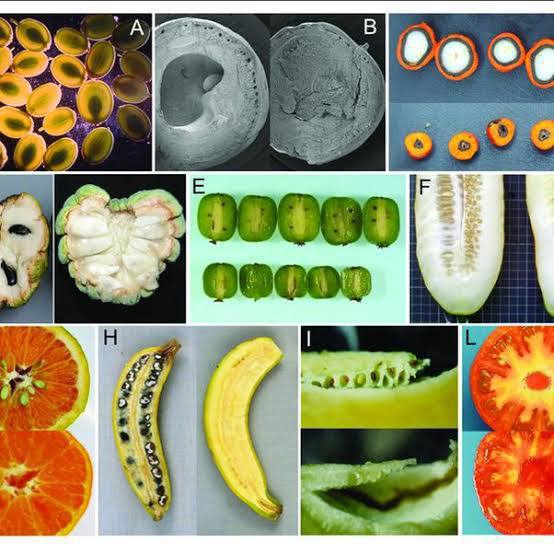Seedless fruits are produced through a process called parthenocarpy, which is the development of fruit without fertilization of the ovules. This can occur naturally in some plant species, but in commercial agriculture, it is often achieved through artificial means.
Here are the three common methods of producing seedless fruits:
- Plant breeding: Some plant species naturally produce seedless fruits, so plant breeders select and propagate those plants to develop new varieties of seedless fruits.
- Hormonal treatments: Hormonal treatments, such as auxins or gibberellins, can stimulate fruit growth and development without pollination, resulting in seedless fruits.
- Genetic engineering: In some cases, genetic engineering can be used to produce seedless fruits. For example, researchers can use gene editing techniques to turn off or modify the genes that control seed development in plants.
Seedless fruits have several advantages over seeded fruits, including improved flavor, texture, and shelf life. They are also easier to eat and do not require the tedious task of removing seeds. However, it is worth noting that seedless fruits can still contain small, undeveloped seeds, which are typically not noticeable when consumed.













